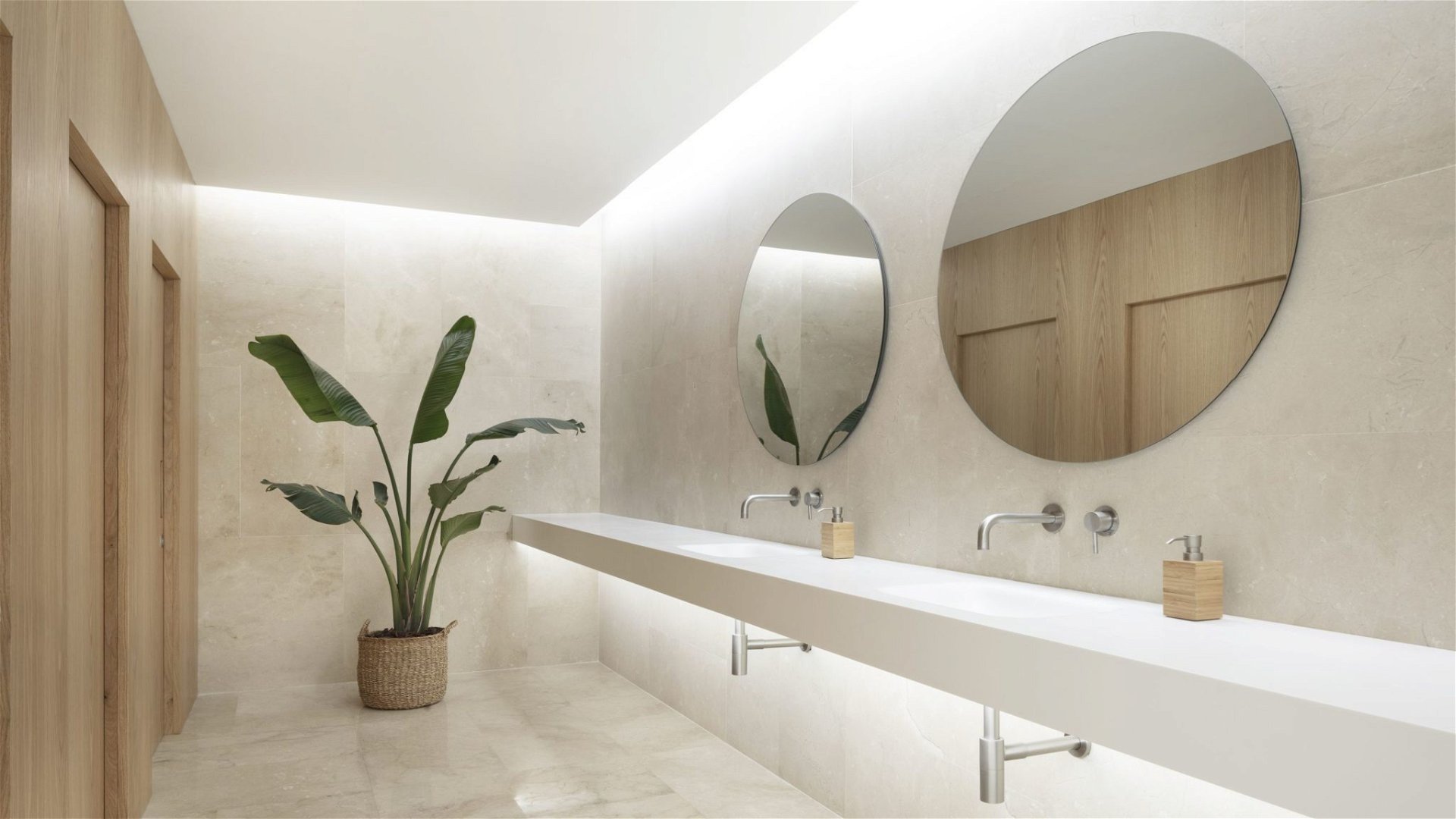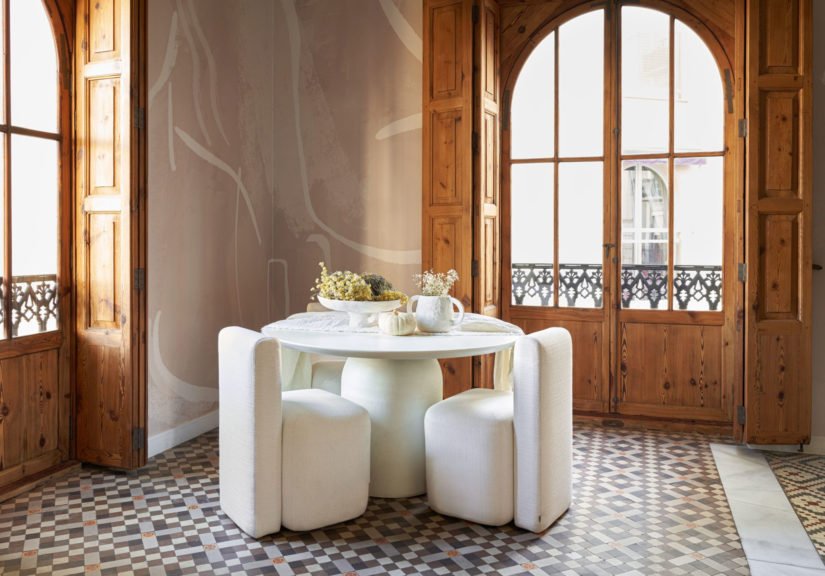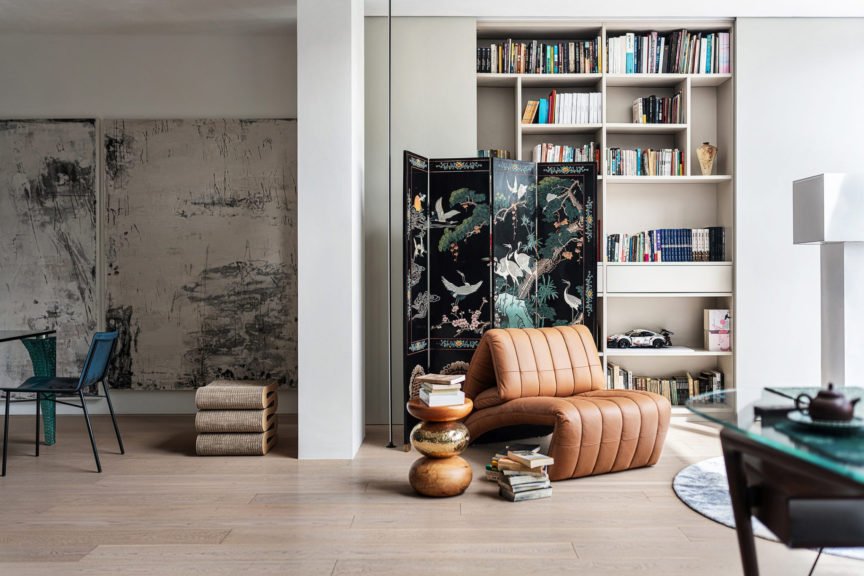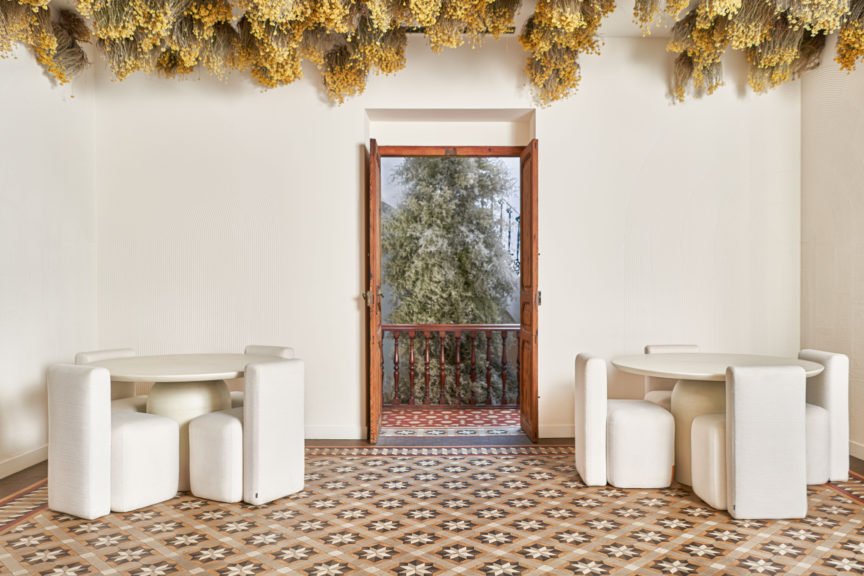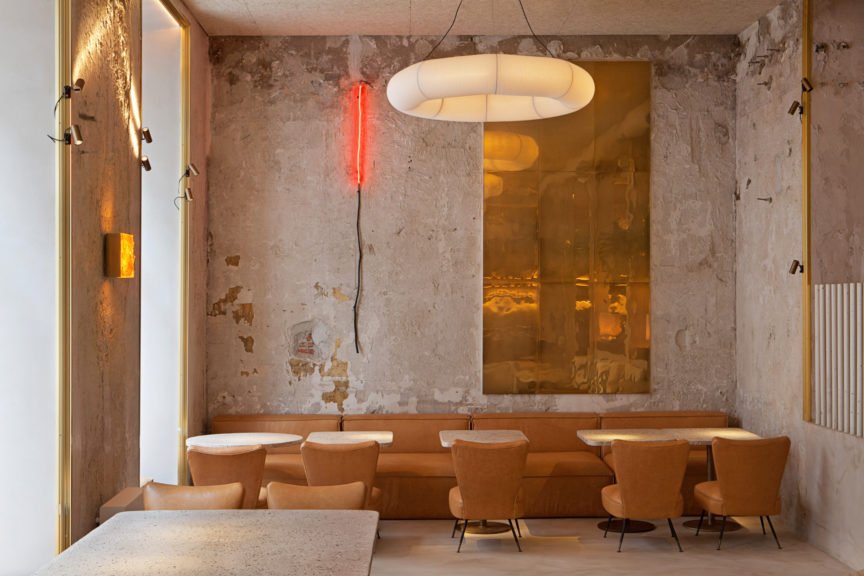From unassuming fixtures to natural materials, every element of a Japanese bathroom fosters a sense of peace and renewal. These baths are all about creating an atmosphere that invites you to pause, breathe, and reconnect with yourself. In this article, let’s soak up the charm of Japanese washup spaces.
Japanese bathrooms are an ode to the power of balance. These baths are serene, beautiful, practical, and functional – all at once. Central to Japanese bathroom design is the concept of minimalism. Clean lines, uncluttered spaces, and understated fixtures characterise the aesthetic. Natural materials such as wood, stone, and bamboo evoke a sense of warmth and connection to the natural world.
But don’t let the simplicity fool you – Japanese bathrooms are packed with thoughtful details that make them both luxurious and functional. From heated floors to deep soaking tubs, and steam showers to towel warmers, every element is designed to elevate your bathing experience to a whole new level of bliss.
The Japanese also utilise their spaces very efficiently. None of that wasted space or unnecessary clutter here! With a clever layout that separates wet and dry areas, you can splash around in the shower without turning the entire room into a swimming pool. It’s practicality at its finest here.
History – Tracing the Origins of Japanese Bathroom Design
Japanese bathing rituals have a rich history dating back centuries, deeply ingrained in Shinto and Buddhist customs. Communal baths, or “sento,” and natural hot springs, known as “onsen,” were central to Japanese society. This rich cultural heritage has significantly influenced the design of domestic bathrooms in Japan. Simple yet functional spaces with a strong connection to nature became the norm. Contemporary Japanese bathroom design still embraces these traditional values, with clean lines, minimalist aesthetics, and natural materials like wood and stone.
Key Features of Japanese Bathroom Design
1. Soaking Tubs (Ofuro)
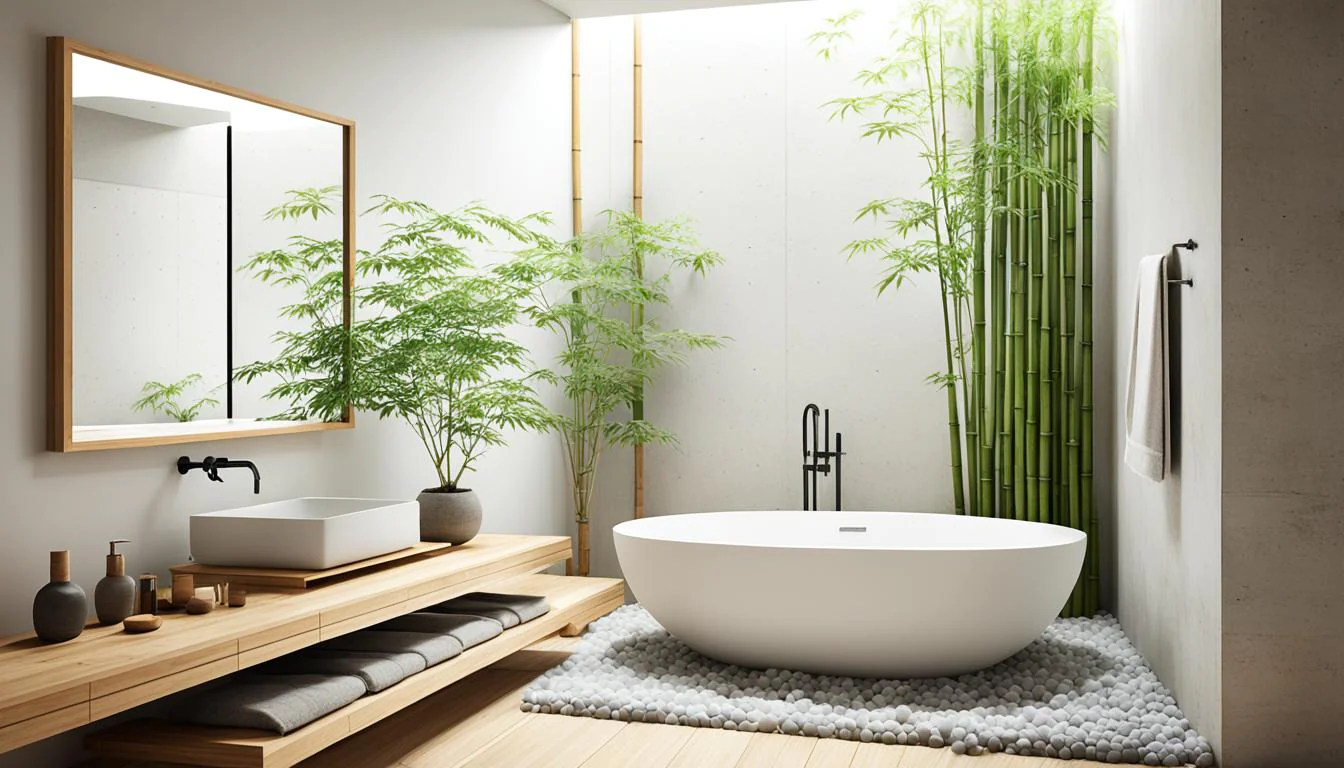
Central to Japanese bathing culture is the ofuro, a deep soaking tub designed for immersive relaxation. Typically crafted from wood such as hinoki or cedar, these tubs evoke a sense of warmth and natural beauty. Their compact size encourages a more intimate bathing experience, promoting mindfulness and contemplation.
2. Separation of Spaces
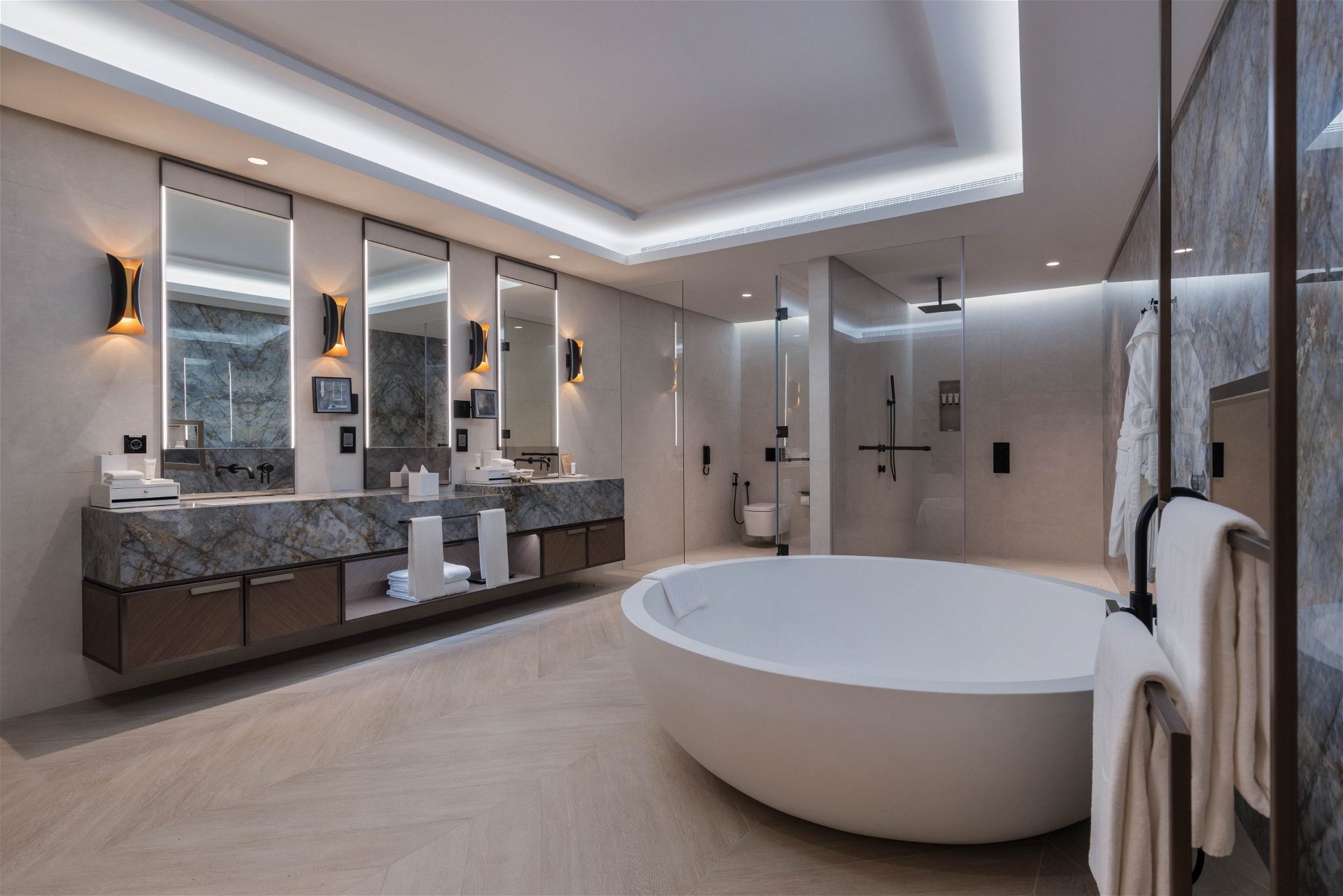
Address Beach Resort Penthouse, Dubai by KCA International; Photography Credits: Ben Preece Dxb
Japanese bathrooms often feature a separation between wet and dry areas, with bathing spaces distinct from toilet and sink areas. This separation enhances hygiene and allows for efficient use of space, reflecting the Japanese principle of “Ma,” or negative space, to create a sense of harmony and balance.
3. Zen-inspired Elements
Elements of Zen philosophy have always permeated Japanese bathroom design, with an emphasis on simplicity, balance, and mindfulness. Incorporating natural elements such as plants, rocks, and water features creates a tranquil atmosphere conducive to relaxation and introspection.
4. Materials and Textures
Natural materials including wood, stone, and bamboo are prevalent in Japanese bathroom design, evoking a connection to the surrounding environment. Smooth, clean lines and minimal ornamentation accentuate the beauty of these materials.
5. Shoji Screens and Sliding Doors
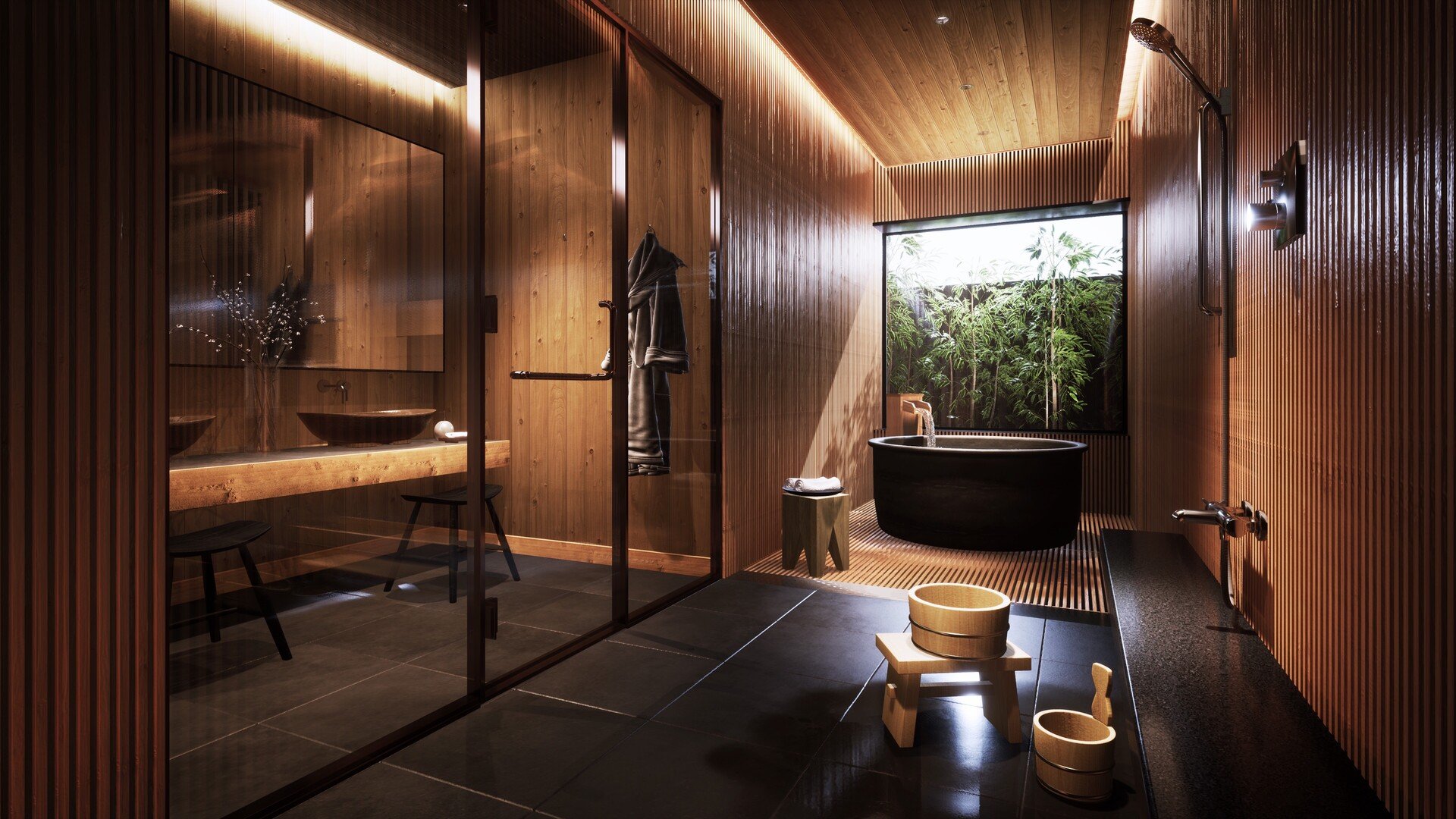
Traditional Japanese bathrooms incorporate shoji screens or sliding doors to create flexible, open-concept spaces. These translucent screens allow diffused natural light to filter through, blurring the boundaries between indoors and outdoors. Their lightweight construction fosters a sense of airiness and fluidity within the space.
Cues for Modern Living: Japanese-Inspired Bathroom Hacks
1. Simplify and Declutter
Home Zandpad, Nieuwersluis by Architecten Bureau Jules Zwijsen and Studio Modijefsky; Photography by Maarten Willemstein
Streamline your bathroom by removing unnecessary clutter and embracing a minimalist approach to design. Opt for sleek storage solutions to keep essentials organised and out of sight, promoting a sense of calm and order.
2. Connect with Nature
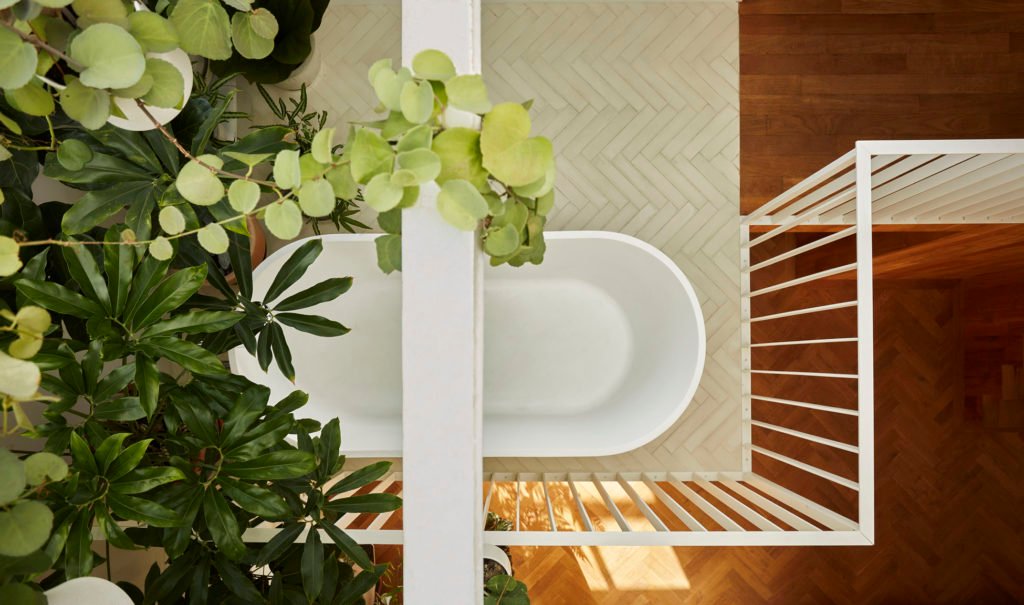
Bring the outdoors inside by incorporating natural elements such as bamboo bath mats, pebble flooring, and potted plants. You can create a serene oasis to reconnect with the rhythms of nature and find solace amidst the chaos of daily life.
3. Designate a Zen Corner
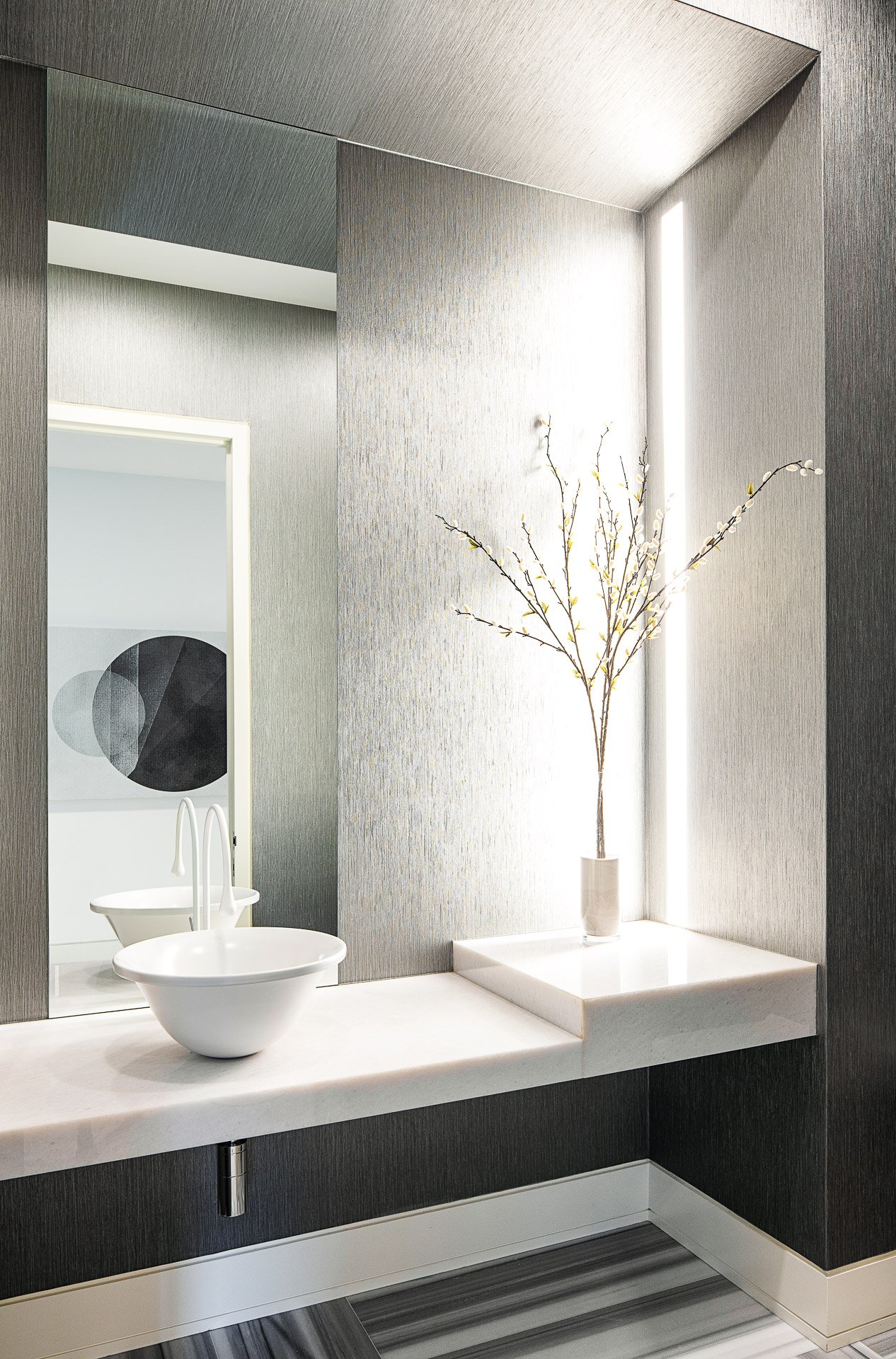
Carve out a dedicated space for relaxation and meditation within your bathroom. Try setting up a cosy seating area with plush cushions, soft lighting, and soothing aromatherapy to create a tranquil retreat where you can unwind and recharge.
4. Elevate Bathing Rituals
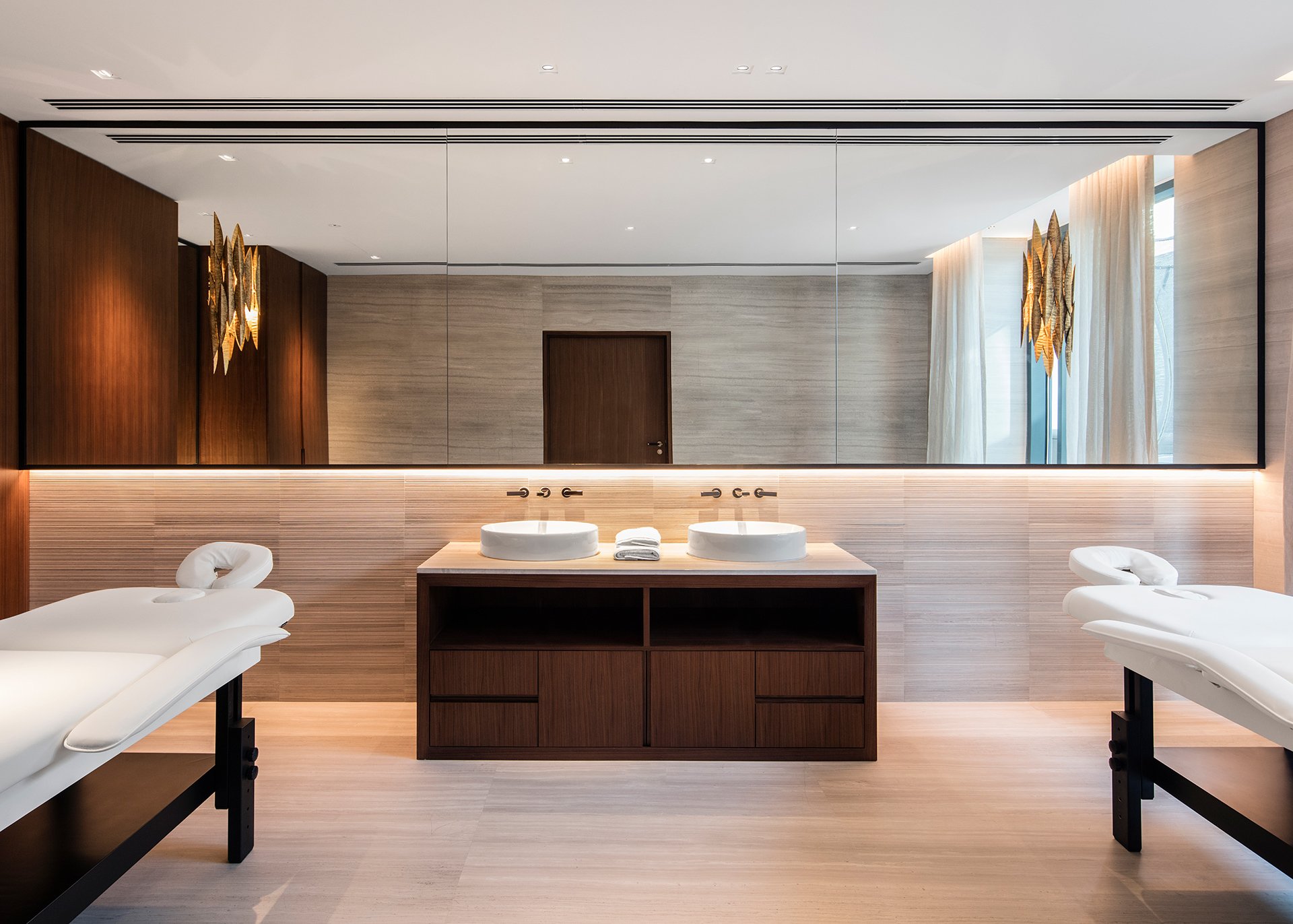
Dubai Hills Villa, Dubai by Anarchitect; Photographs by İeva Saudargaite Photography
By adding luxurious amenities such as scented candles, bath oils, and plush towels, transform your daily bathing routine into a mindful ritual. Indulge your senses and immerse yourself in moments of self-care and pampering, embracing the art of Japanese bathing.
5. Prioritise Comfort and Serenity
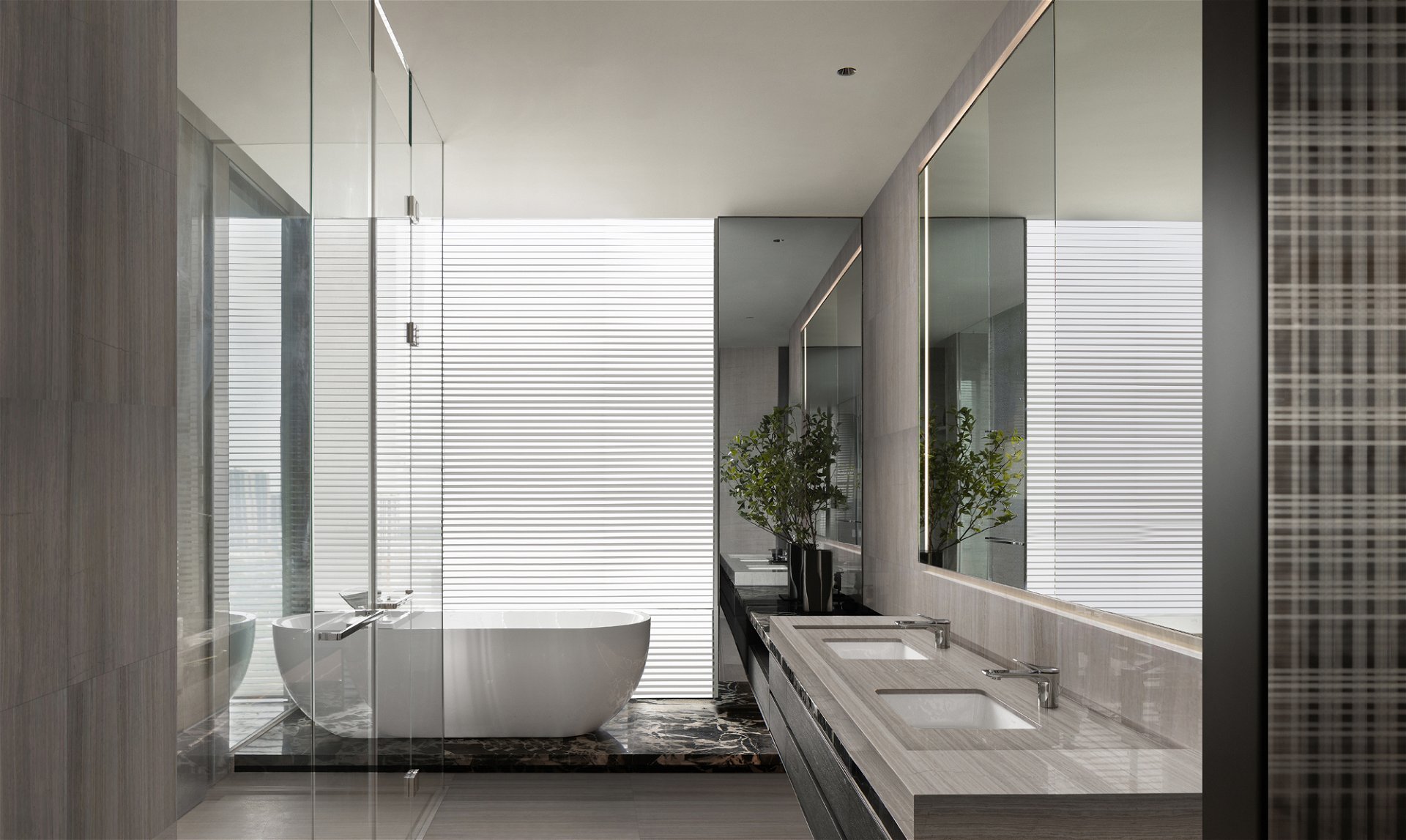
High-quality bath linens, ergonomic fixtures, and comfortable seating have the power to enhance your bathing experience. Invest in these to create an experience that is a silent escape from the stresses of the outside world.

